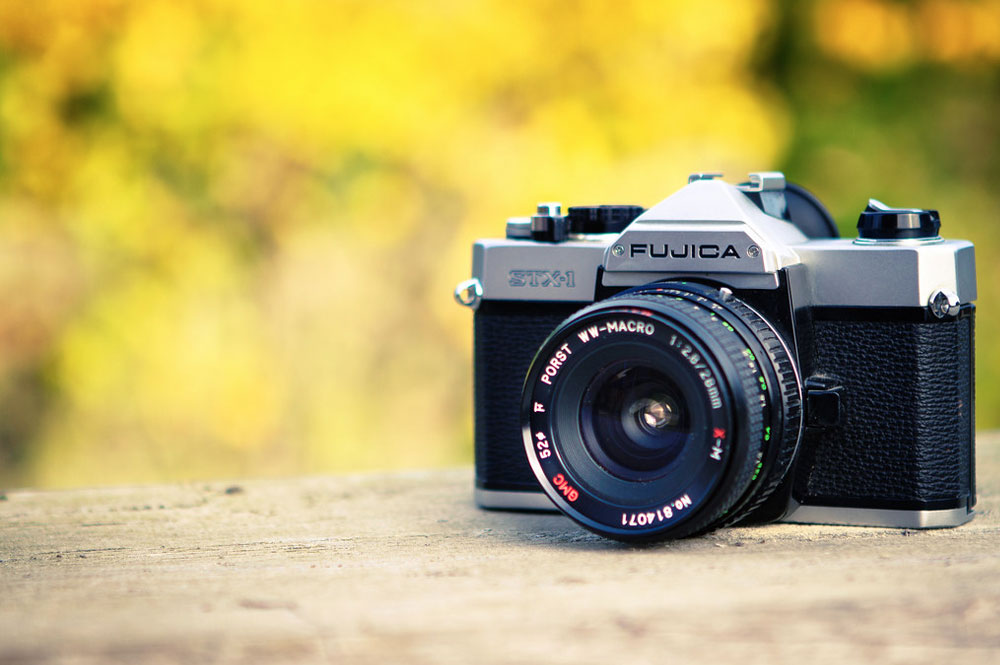Film ISO Was Not Set Correctly in the Camera

Photo by Marius Brede. CC BY-SA 2.0
A common issue with beginner film photography is forgetting to correctly set the film speed after loading in a new roll of film. If you find yourself making this common mistake, don’t worry, there is a simple solution to fix it in the darkroom when you begin developing the film called “push” or “pull” processing. Push processing gives the film more development time to compensate for underexposure while pull processings gives the film less development time to compensate for overexposure. Read more about push and pull processing. Let’s look at two examples and how they can be corrected.
Example 1: A roll of ISO 100 film was set in the camera to ISO 400. The ISO 100 film will be underexposed by 2 stops. As a general rule of thumb, for each stop of underexposure you should increase development time for two minutes – so add 4 minutes to the developer time when processing the example film. This is “pushing” the film.
Example 2: A roll of ISO 400 film was set in the camera to ISO 200. The ISO 200 film will be overexposed by 1 stop. As a general rule of thumb, for each stop of overexposure you should decrease development time for one minute. This is “pulling” the film.
Side Effects to Pushing and Pulling
So now you may think “why bother setting the film speed if it can just be corrected in the darkroom?” Well, pushing and pulling film does come with a share of side effects. Pushing film typically results in higher contrast and increased grain, and with color film may visibly distort colors. Pulling film results in the opposite. However, these effects could also be exploited to your advantage. For instance, outdoor photographs taken on a cloudy day could be pushed to increase contrast.
Important Note Regarding Push/Pull Processing
Pushing or pulling film must be done on an entire roll of film to be effective. If you forget to appropriately set your film speed and begin taking photographs do not change the film speed halfway through a roll. Changing the film speed will result in a combination of over/underexposed negatives with properly exposed negatives and you will only be able to process the film for one half or the other.

















